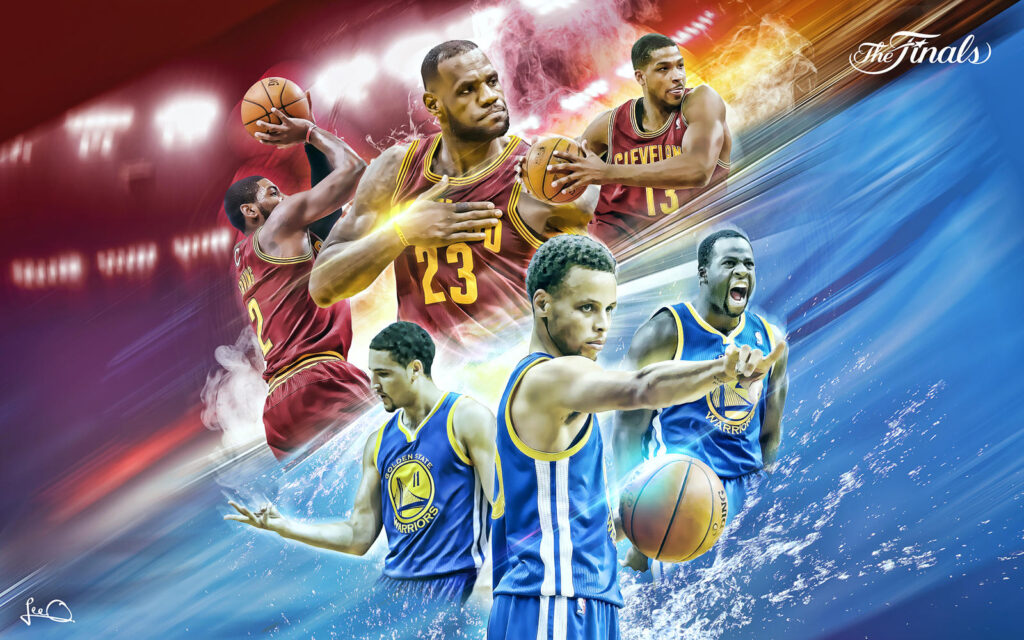The NBA (National Basketball Association) is more than just a sports league; it’s a cultural phenomenon that captures the hearts of millions around the globe. Established in 1946, the NBA has evolved from a fledgling league into one of the most lucrative and popular sports organizations in the world. This article will explore the history, evolution, key players, and cultural impact of the NBA, highlighting why it remains a vital part of the global sports landscape.

A Brief History of the NBA
The NBA was founded on June 6, 1946, as the Basketball Association of America (BAA). Initially, it faced stiff competition from the National Basketball League (NBL) and the All-American Basketball Alliance (AABA). However, in 1949, the BAA merged with the NBL, and the newly formed league adopted the name we know today: the NBA.
The league began with just 11 teams, and its early years were characterized by low attendance and a struggle to gain popularity. However, significant changes in the 1950s, including the introduction of a shot clock and the three-point line, helped to elevate the game’s pace and excitement. By the 1960s, the NBA began to attract national attention, partly thanks to iconic players like Bill Russell, Wilt Chamberlain, and Jerry West.
Growth and Globalization
The NBA’s true explosion in popularity came in the 1980s and 1990s, thanks to the emergence of superstars such as Magic Johnson, Larry Bird, and Michael Jordan. Their rivalries not only captivated American audiences but also drew attention from fans around the world. Jordan, in particular, transformed the NBA into a global brand, leading to the league’s significant international expansion.
The NBA recognized the potential for growth beyond U.S. borders and began hosting games in various countries, establishing the NBA Global Games. By the early 2000s, the league had formed partnerships with broadcasters worldwide, allowing fans in Europe, Asia, and Africa to access live games and highlights. Today, the NBA boasts a vast international fanbase, with players from numerous countries representing teams across the league.
The Modern NBA: Stars and Innovations
The modern NBA is characterized by a blend of athleticism, skill, and advanced analytics. Players are more versatile than ever, with many able to shoot, pass, and defend at a high level. The rise of “positionless basketball” has changed how teams build their rosters, emphasizing versatility and adaptability.
Superstars like LeBron James, Stephen Curry, and Kevin Durant have become household names, not only for their on-court performances but also for their off-court influence. These players have leveraged their platforms to address social issues, advocate for equality, and promote various charitable causes. Their impact extends far beyond the court, inspiring younger generations of athletes.
The NBA has also embraced technology and analytics, incorporating advanced statistics to enhance team strategies and player performance. From player tracking systems to health monitoring, teams are using data to gain a competitive edge. Additionally, the rise of social media has changed how fans interact with the league, with platforms like Twitter, Instagram, and TikTok providing behind-the-scenes content and direct engagement with players.
The NBA Finals: A Championship Tradition
The culmination of the NBA season is the NBA Finals, where the two conference champions battle for the coveted championship title. The Finals have a storied history, featuring legendary matchups that have defined eras of basketball. From the Boston Celtics’ dominance in the 1960s to the Chicago Bulls’ reign in the 1990s, the Finals have showcased some of the greatest talents in the sport.
The event attracts millions of viewers each year, with fans eagerly anticipating each game. The atmosphere in the arenas is electric, as the stakes are at their highest. The Finals not only determine the champion but also often solidify a player’s legacy. Winning a championship can elevate a player’s status to that of an all-time great, while losing can sometimes lead to questions about their abilities.
The Cultural Impact of the NBA
The influence of the NBA extends far beyond the realm of sports. It has become intertwined with music, fashion, and pop culture. Iconic artists like Drake and J. Cole frequently reference the league in their lyrics, while NBA players are often seen on red carpets and at major cultural events.
Furthermore, the NBA has actively engaged in social justice initiatives, addressing issues like racial inequality and community support. The league and its players have used their platforms to advocate for change, promoting awareness and action on critical social issues. The NBA’s commitment to inclusivity has made it a leader in the sports world, resonating with fans and communities alike.
Conclusion:
The NBA is a testament to the power of sports to bring people together, inspire change, and create cultural connections. From its humble beginnings to its status as a global powerhouse, the NBA has continually evolved, shaping the landscape of professional basketball. With its blend of athletic excellence, social impact, and cultural relevance, the NBA remains a vital part of not just sports history but also contemporary society. As the league continues to grow and adapt, it will undoubtedly maintain its position as a driving force in the world of sports and beyond.

























